Letters, December 2021
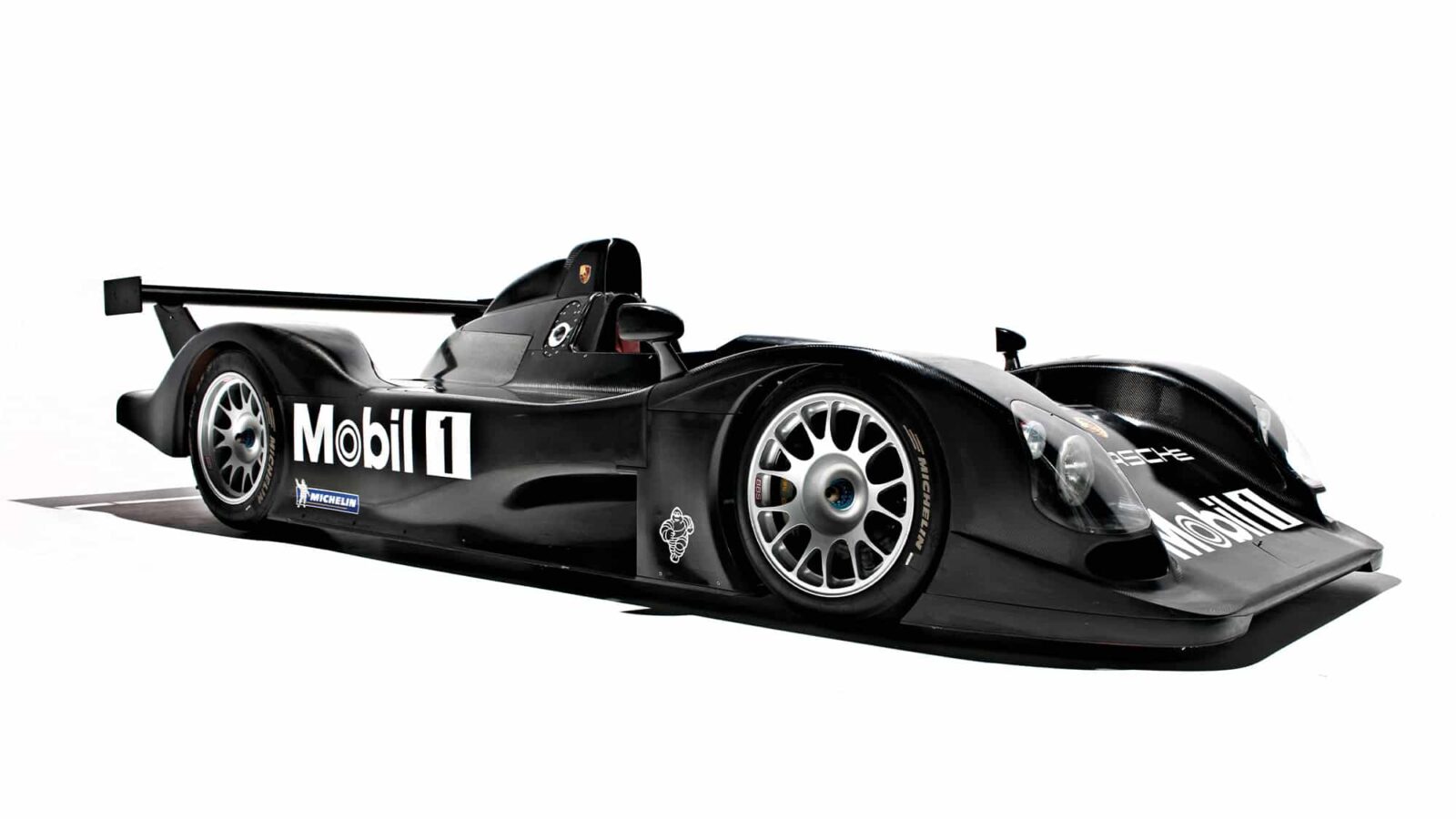
I refer to the very interesting article Born Not To Run (October) and in particular to the story about the Porsche LMP2000 car.
I drove to the 2002 Geneva International Motor Show with Bob Wolleck and Bernard Cahier. Bob had recently returned from Weissach where he had been testing a new prototype race car that “would easily win Le Mans, no question, but the project has been shelved in order to put all engineering resources into the development of the Cayenne SUV”. He was obviously referring to the LMP2000 but did not give the name.
This was confirmed in your article, but you also mentioned the focus on the new Carrera GT project. Bob didn’t mention that (assuming he knew) but he was really upset about the shelving, as not having won overall at Le Mans was emotional unfinished business for him.
I had the opportunity later at the Porsche Press Conference at the show to ask [Porsche CEO] Wendelin Wiedeking about this diversion of engineering resources from the race car project to the SUV development and was this not an important move away from Porsche’s core cultural values and racing DNA? His answer stressed the sporting nature of the new Cayenne and the new 911 Turbo being launched at the show. Bob said later that I asked the right question but did not get a real answer. He went on to race and win in the GT classes for Porsche, including Le Mans, but sadly we lost him before he had another chance at the overall win at the race that meant more to him than any other.
Speaking of Porsche’s development of the Carrera GT, I ran into Walter Röhrl at the Nürburgring Oldtimer Marathon four-hour race where we were both racing Porsche 356s. He had a black eye that he said was the result of a crash while testing Porsche’s new Carrera GT on the Nordschleife. He said the Carrera GT was “the only car that ever really scared me”.
Dennis Thalmann
By email
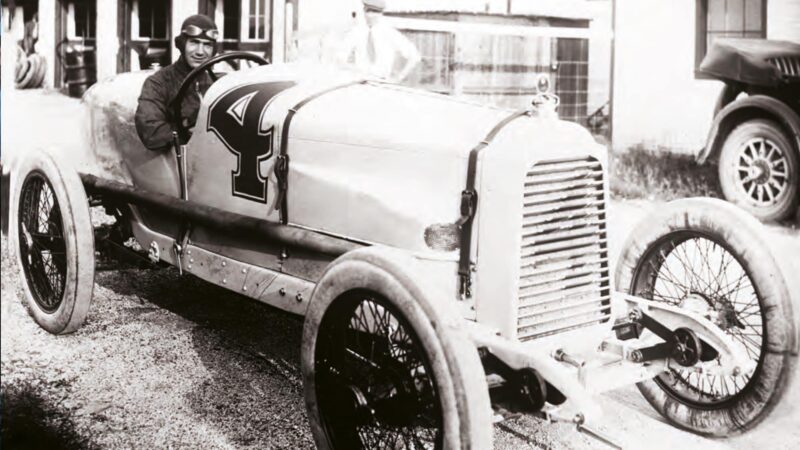
Packard’s 1916 ‘299’ was the first V12 built purely to go racing, and may have influenced Ferrari
I should like to add to Paul Fearnley’s V12 story in November [The rise to power]. In addition to the Liberty V12 aero engine, Packard built a race car to comply with the 1916-1920 US racing formula of 300 cu in (4.9 litres), a 60-degree V12. This ‘299’ engine was the first V12 designed for motor racing, the first to a capacity limit and the first with single ohc per bank with two valves per cylinder.
Initially two cars were built and raced with considerable success, lapping Indy at over 100mph in 1916 and breaking records from one hour (110mph) to six hours (102.8mph) at Sheepshead Bay, remarkable bearing in mind that the tyres lasted only 77 miles per change! These cars raced very successfully for the next three seasons, winning numerous races.
One of the two cars came to Europe and ran with some success in 1920/21 (on occasions in competition to a young Enzo Ferrari) before coming into the hands of Antonio Ascari’s Lombardy Alfa agency, where it was garaged for over a year. Enzo Ferrari worked for Ascari at the time and surely the young enthusiast would have studied the car and especially the engine in detail and probably have taken it for a spin up the road. Certainly, he referred to it in his autobiography Le Mie Gioie Terribili as one influence on his desire to build a V12.
Simon Moore
Fulham, London
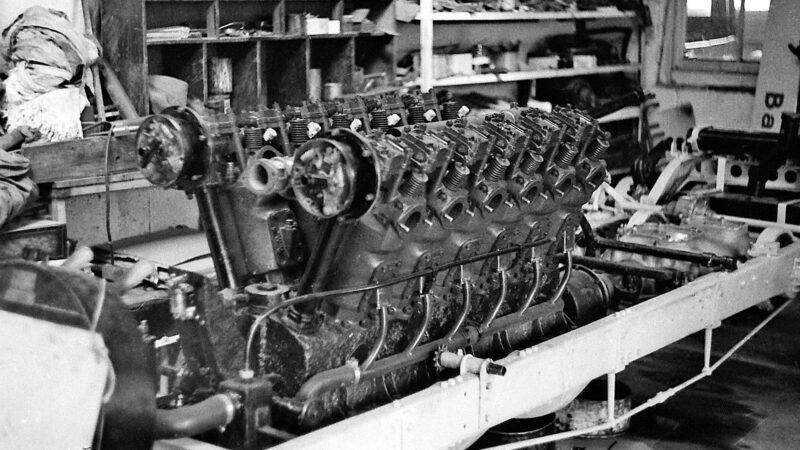
Bare bones: the 12 cylinders of Babs’ Packard Liberty engine during Wyn Thomas’s restoration
Paul Fearnley’s article on V12s reminded me of two visits to see Parry- Thomas’s Babs at Owen Wyn Owen’s house near Capel Curig here in North Wales.
Through a mutual friend of Wyn Owen my father took me to see Babs a couple of months after its exhumation from Pendine beach, and again about two years later when this photograph was taken (above).
On the first visit, Mr Wyn Owen asked me to take photographs of the tiny gearbox in the condition it was from Pendine – filled with sand and shells. Unfortunately I cannot find that negative!
Jon Jeffrey
Llandudno Junction, Conwy
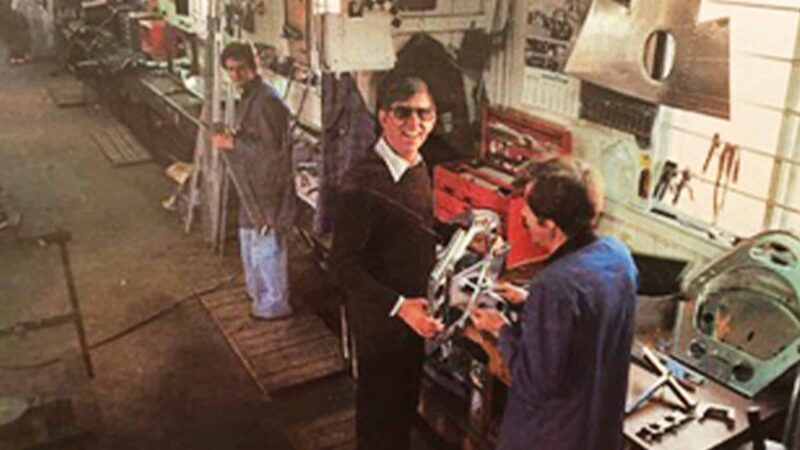
Bernie King in the background
I read with interest the comment in the September edition regarding the Tyrrell Shed [The Editor]. I spent many fun years building chassis in that shed – wonderful memories. A French F1 magazine took the photo (shown, right) back in the late ’70s with yours truly in the background working on chassis assembly as John Youngman talks to Ken Tyrrell. I can’t believe what we produced in there!
I left in the early 1980s to join Penske Racing and have been with Roger ever since. I often wondered if the building was still intact so stopped by the facility while in the UK for the 2019 Festival of Speed and took photos of that legendary place. I hope this has a happy ending and it goes to Brooklands, or perhaps Goodwood.
Bernie King
Michigan, USA
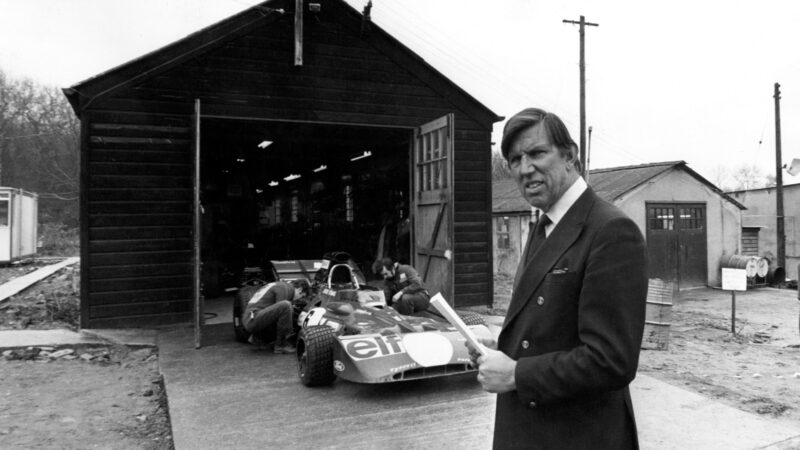
The most famous shed in racing? Ken Tyrrell outside the ‘production centre’ in Ockham, 1971.
Getty Images
Being in Canada, I am just able to read your comments about old racing buildings in the September issue. What a tragedy it would be to lose any of them, let alone the former base for Tyrrell Racing. Surely something can be done to champion the cause. Perhaps a committee can be set up to investigate and lead this to a happy ending? The key would be to acquire these structures and have them moved to a proper location. Perhaps Goodwood has some feasibility since it is owned by the enthusiastic Duke of Richmond who might be willing to set aside the necessary land near the track, and where their proper eternity can now begin.
Clem Simmons
By email
Many years ago I visited some remarkably unremarkable industrial buildings in Slough. These contained two of the very great racing car manufacturers/operators and some of the greatest racing cars of all time. I suspect that Messrs Willment, Wyer, Piech and Henry Ford II would not even twitch in their respective graves if whole squadrons of bulldozers reduced these examples of mid- 20th century industrial architecture to rubble. Certainly Mr Ferrari wouldn’t.
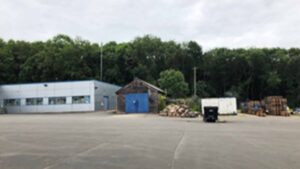
Preserve the cars, of course. But the buildings? We have a slight emotional interest in the buildings, being fortunate enough to have two of their creations, a GT40 and a Gulf 917. I met many of those who made history working there, but I’m afraid I would not lie in front of any bulldozer. As former poet laureate John Betjeman wrote, “Come, friendly bombs, and fall on Slough…”
Mark Finburgh
Edgware, London
Thank you for the piece in October on sim race programmer David Kaemmer [Kaemmer’s smash hit] – designer of Indianapolis 500: The Simulation. The man is long overdue some plaudits for much of modern sim racing (and for the seven-year-old me knowing about camber, stagger and cross-weight). Never underestimate the number of fans who have been drawn into the sport by the various racing and rally games over the past 30 years.
Of all sports, racing is probably best placed to gain fans through the virtual world; perhaps it’s no surprise that such ingenious programmers are often racing enthusiasts.
It’s not just contemporary series and pro developers either. Thanks to amateur modders much of the lost past has been virtually reborn in recent years (virtual Targa Florio, old Spa or Bremgarten, anyone?). Hopefully it won’t come to pass that the only permitted racing excitement will be ‘virtual’ but at least we can be sure it will be fun.
Andrew Ball
Sheffield
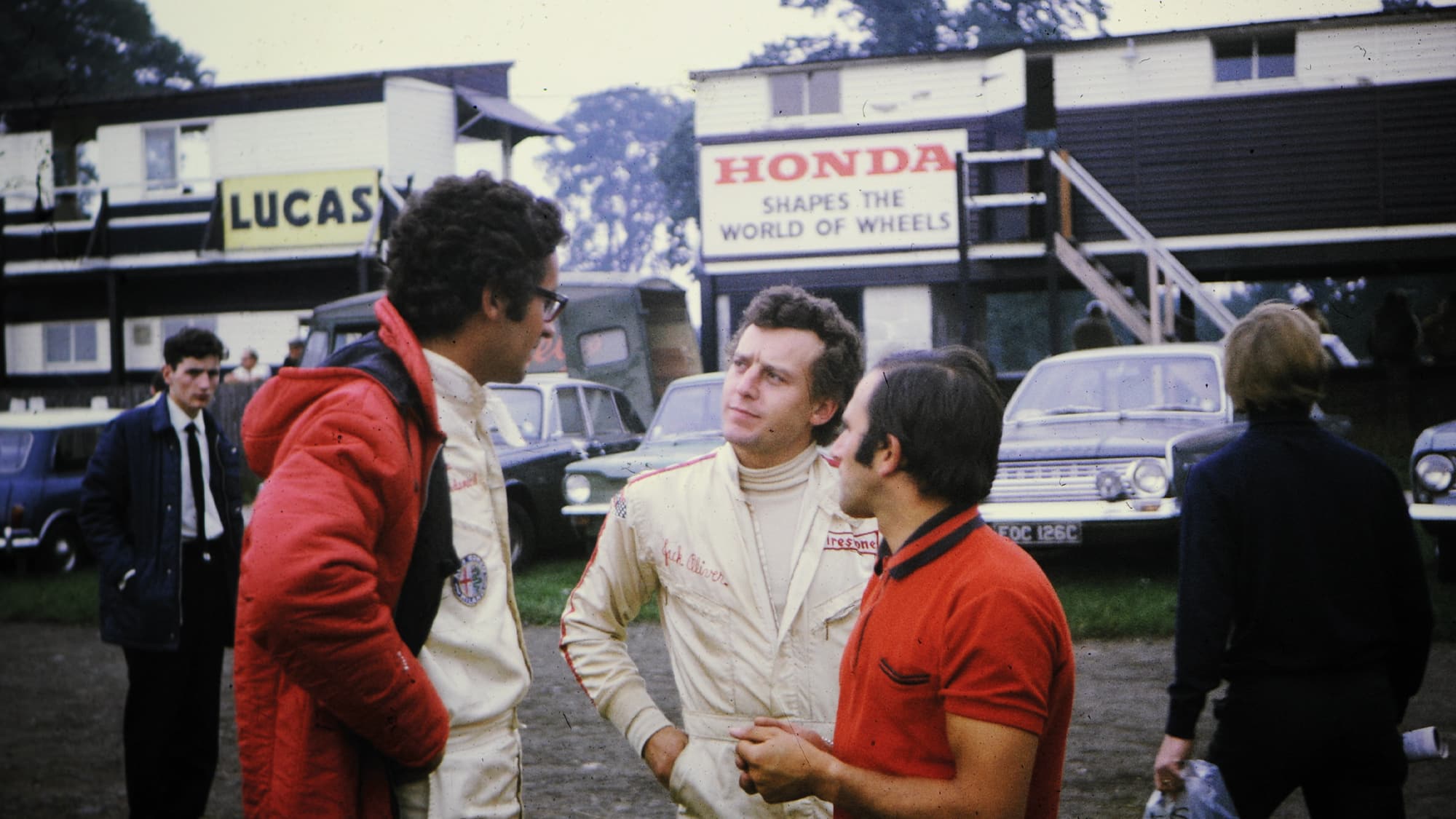
In You were there in November you show a picture (above) from the 1969 Oulton Park Gold Cup with Andrea de Adamich and Jackie Oliver. You ignored the third man in the photo, in a red T-shirt, the Swiss Formula 1 driver Silvio Moser. He is the one of this trio who is no longer with us, as he was killed in the Monza 1000Kms of 1974, driving Tonino Nicodemi’s Lola T 294 when he suffered from a suspension breakage and crashed into an abandoned March that should not have been there.
Keep up a marvellous magazine!
Dr Siegfried C Strasser
Salzburg, Austria
Contact us
Write to Motor Sport, 18-20 Rosemont Road, London, NW3 6NE
or e-mail, [email protected]
